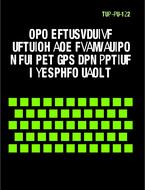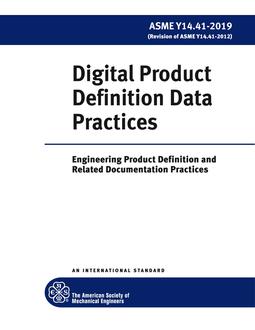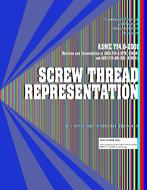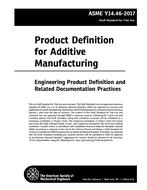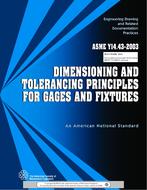Description
This report includes a study of various nondestructive evaluation (NDE) techniques for composite overwrapped pressure vessels intended for gaseous hydrogen infrastructure applications. The majority of the study focuses on Model Acoustic Emissions (MAE) techniques. Testing was performed on various composite tank designs including small high pressure plastic-lined fully-wrapped composite pressure vessels designed for portable, stationary or vehicular storage and large steel-lined hoop-wrapped pressure vessels designed for bulk transport and stationary storage. MAE testing was performed by Digital Wave Corp. on vessels provided by Lincoln Composites and TransCanada.
MAE testing of Lincoln Composites plastic-lined fully-wrapped 10,000 psi composite pressure vessels was performed at the Lincoln facilities in April 2007. Tank damage was simulated through drilled holes, membrane cuts and a drop test, and subsequent proof and burst testing was performed while monitoring with MAE techniques. The manufacturing consistency was confirmed by MAE.
Generally, it was observed that the vessels failed at damage sites. Drilled holes all the way through the composite resulted in lowest burst pressure, followed by impact from 6-ft. drop onto concrete, and finally the cut fibers. MAE picked up the newly introduced damage very well on first pressurization after damage occurred. Emission did not completely stabilize, indicating that the damage did continue to grow during the pressure holds. At the higher sensitivity setting, MAE Frictional Emission (FRAE) was picked up on every cycle after damage. Location of damage was very clear acoustically using MAE techniques.MAE testing of six TransCanada large steel-lined hoop-wrapped composite pressure vessels was performed in October 2007. The test program included cyclic testing, pressure/autofrettage and burst testing while monitoring using MAE techniques. During cycle testing crack growth was detected in the metallic head to shell welds at both ends of the vessel. The number of cycles sustained before fatigue failure due to this cracking exceeded the required 10,000 cycles. This was determined from the acoustical signal produced by a leak source. During the pressure (autofrettage) tests, the cumulative events versus time curves showed a characteristic ?roll over? during pressure load holds in the AE test in all cases. There were few or no events during the load holds and very few events during the AE test. This is consistent with fracture mechanics reasoning since the AE test pressure is so much lower than the autofrettage pressure. It was observed that autofrettage cycles at 1.5 x operating pressure instrumented for AE detection would bound an AE cycle at 1.1 x operating pressure. This conclusion is in agreement with previous experience on various other pressure vessels.
A study and laboratory testing of MAE sensor arrays constructed of piezoelectric material, polyvinylidene film (PVDF), was performed by Digital Wave Corp. in February 2008. This study looked at two ways to enhance the sensitivity of the PVDF film transducers, 1) sensor stacking and analog summation of the sensor outputs, and 2) digital summation of the sensor outputs. It was observed that stacked sensors increased sensitivity of detection, there was no phase distortion due to stacking and reducing sensor size can reduce aperture affects and increase bandwidth. A phased array configuration for modal acoustic emission (MAE) can determine direction of source and possibly distance. Phasing of signals for source location is possible and aids in mode identification and source location, which is very sensitive to variations in arrival time differences. Sensor placement is also extremely important, and the sensitivity to array geometry must be studied.
This report also includes additional discussion of other relevant NDE and analysis techniques including a study of composite tank hydrostatic test requirements, a finite element analysis (FEA) and fracture mechanics analysis on composite reinforced pressure vessels predicting failures observed during testing and indicated using AE techniques, and a discussion of photon induced positron annihilation (PIPA) which is a potential NDE process that can assess material damage at the near-molecular level.
Product Details
- Published:
- 11/01/2008
- ISBN(s):
- 9780791831878
- Number of Pages:
- 114
- File Size:
- 1 file , 13 MB

